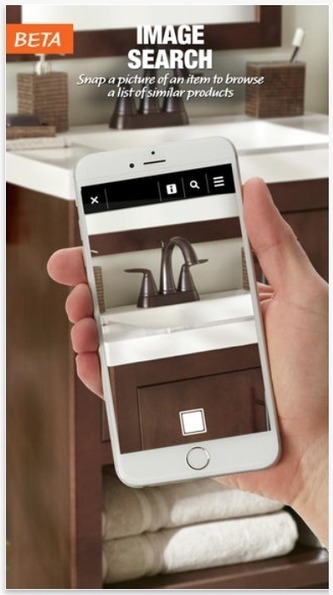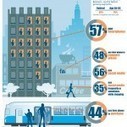A study of the free shopping apps in the Android Play store shows that the most popular apps fall into the broad categories that one would reasonably expect without pushing the limits of imagination: pure play e-commerce, brick-and-mortar retailer apps, coupons & deals, utilities (shopping lists, product scans, loyalty storage) and rewards for shopping behavior [see list at bottom of post]. In general, the most popular shopping apps are not revolutionary in terms of offering consumers a compelling shopping experience that they can’t find elsewhere.
As a result, fewer than 50% of consumers who download the most popular mobile shopping apps are developing regular usage habits. A recent NPD study showing that within 3 months of downloading a retailer’s app, 75% of consumers stop using the app even once a month. The same study shows that more consumers use retailer web sites than apps (71% of consumers vs 57%), perhaps indicating they prefer accessing a retailer’s website on an irregular basis than going through the trouble of downloading a mobile app.
One of the reasons for the lack of regular usage of top mobile shopping apps may be that the majority take a conventional shopping task focused view of a person’s motivations & intentions for using a mobile app, eg. “the user wants to purchase something specific/find coupons/compare products”. Very few take a time-based view of a person’s motivations & intentions for using a mobile app, eg. “the user has many small moments of downtime in the day that they’d like to fill with an engaging app experience”....



 Your new post is loading...
Your new post is loading...
















Four basic tips to help retailers make the most of mobile.